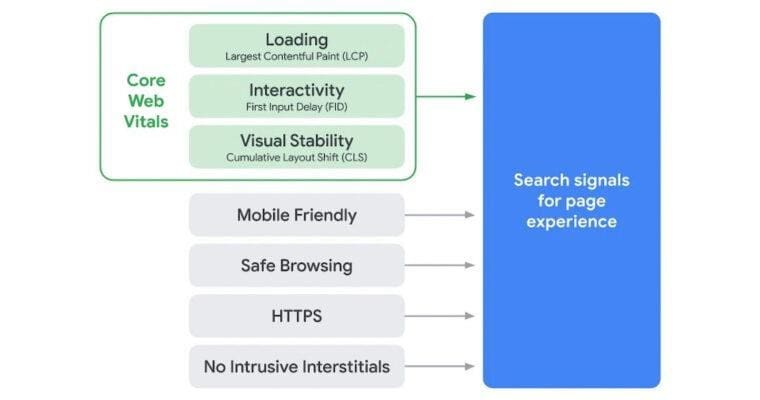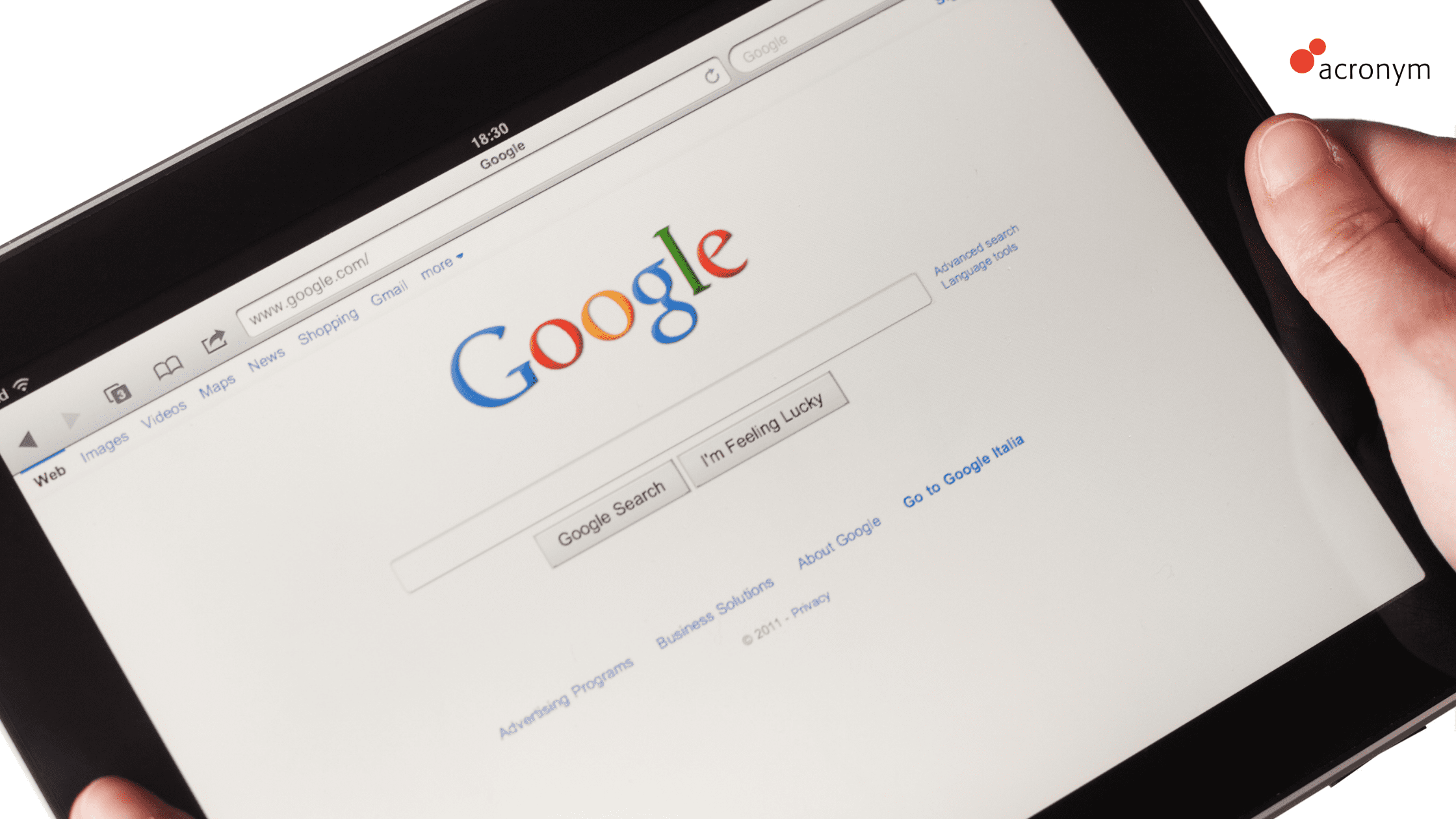Google’s mission is to provide its users with information that best satisfies their information needs. Thus, one of the most important signals for Google is whether or not the end user has a positive experience in their search journey. If your site’s content satisfies the information need and provides a good page experience for the user, your website will be rewarded with better rankings.
In recent months, Google announced the Page Experience’s full role in search rankings will roll out by the end of August 2021 with an update to their search ranking algorithm. This update impacts how Google evaluates the ‘page experience’ of websites, including visual indicators in search results to highlight sites that have a great page experience. This means Search marketers have a window of about one month to perform key optimizations to their websites and ensure we’re providing the best user experience to searchers.
What is Page Experience?
Google uses a set of signals to detect whether users are likely to have a positive site and content browsing experience. These signals consist of how quickly a page loads (page speed) to give users what they want in the moment; whether or not the page renders properly on mobile devices; and if the site has secure encryption and does not pose a security threat; and if the site has any disruptive pop-ups or interstitials. All of these fall under what Google calls Page Experience signals. Within these signals, Google is introducing a new set of metrics related to page speed that are called Core Web Vitals. These metrics look at load times for the main content elements on a page, load times before a page is ready for user interaction (i.e., clicks, scrolling), and the extent to which content elements shift positionally on a page as it loads and renders. You may reference the diagram below that illustrates the Page Experience signals.

What Does This Mean?
Although page speed has always been a key factor for SEO marketers, the new Core Web Vitals provides additional and clear metrics for how we should optimize page load times.
Additionally, the introduction of a visual indicator in search results will notify users that certain pages have been determined by Google to offer a positive page experience.
Google is no stranger to providing users with such icons, with previous examples including AMP icons, PageRank, mobile-friendly labels, and more. Nothing has been detailed yet on what this visual indicator will look like, but there is some testing going on and we expect to see the label to be rolled out with the updates. The new label is likely to be interpreted by users as a “seal of approval” by Google and therefore its presence or absence can have a substantive impact on clickthrough rates on search results.
Brands can prepare for the upcoming updates by prioritizing efforts to improve page speed for their web presence. This includes identifying pages with longer load times (optimizing the file weights of images and animation and removing unnecessary code from pages. The Core Web Vitals report in Google Search Console is also an excellent place to start understanding how your site is performing in these areas.
If you’d like an audit of your website in preparation for these new metrics, please contact us. We’re happy to help.
POV from Winston Burton, SVP, SEO, Acronym.







